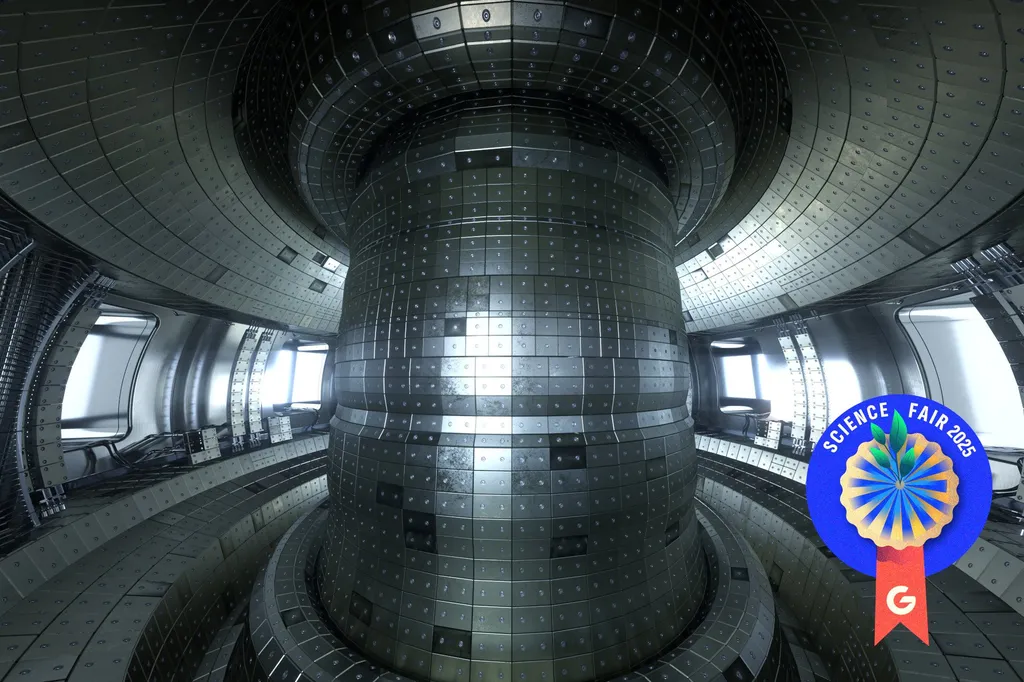In the heart of Beijing, researchers at the China Institute of Atomic Energy (CIAE) are unraveling the mysteries of beryllium-9 (9Be), a material pivotal to the future of nuclear energy. Led by Dr. ZHANG Shiyu, a team of scientists has embarked on a groundbreaking experiment to validate the nuclear data of 9Be, a crucial component in nuclear reactor design and radiation shielding. Their work, recently published in the journal “Nuclear Power Science and Technology,” is set to enhance the accuracy of nuclear simulations and potentially revolutionize the energy sector.
The team’s experiment focused on the leakage neutron spectra from cylindrical 9Be samples irradiated by a deuterium-deuterium (D-D) pulsed neutron source. Using the time-of-flight (TOF) method, they obtained high-precision, energy-resolved neutron spectra at various detection angles. “Our goal was to provide benchmark data to validate and improve the existing nuclear data libraries,” explained Dr. ZHANG. “Accurate nuclear data is essential for reliable neutron transport calculations, reactor core design, and radiation shielding analysis.”
The researchers compared their experimental data with simulations using four internationally recognized evaluated nuclear data libraries: CENDL-3.2, ENDF/B-Ⅷ.0, JENDL-5, and JEFF-3.3. Their findings revealed significant insights into the performance of these libraries. In the elastic scattering region, ENDF/B-Ⅷ.0 and JENDL-5 showed better agreement with the measured data, particularly at large scattering angles. However, in the (n, 2n) energy region, all libraries underestimated the neutron yield at large angles, indicating a need for improvement in their cross-section evaluations for 9Be.
Dr. NIE Yangbo, a co-author of the study, emphasized the importance of these findings: “Our results provide a valuable reference for future nuclear data evaluations. By improving the accuracy of these libraries, we can enhance the predictive capabilities of simulation tools, which are crucial for shielding design, criticality safety, and neutron transport applications.”
The implications of this research extend far beyond the laboratory. Accurate nuclear data is vital for the design and safety of advanced nuclear systems, including fusion reactors and accelerator-driven systems (ADS). As the world looks towards cleaner and more efficient energy solutions, the work of Dr. ZHANG and his team at the China Institute of Atomic Energy and Lanzhou University could play a pivotal role in shaping the future of nuclear energy.
In an era where precision and reliability are paramount, this study offers a beacon of hope for the energy sector, driving innovation and ensuring the safety and efficiency of nuclear technologies. The journey towards a sustainable energy future is fraught with challenges, but with each breakthrough, we edge closer to a world powered by clean, reliable, and efficient energy sources.

